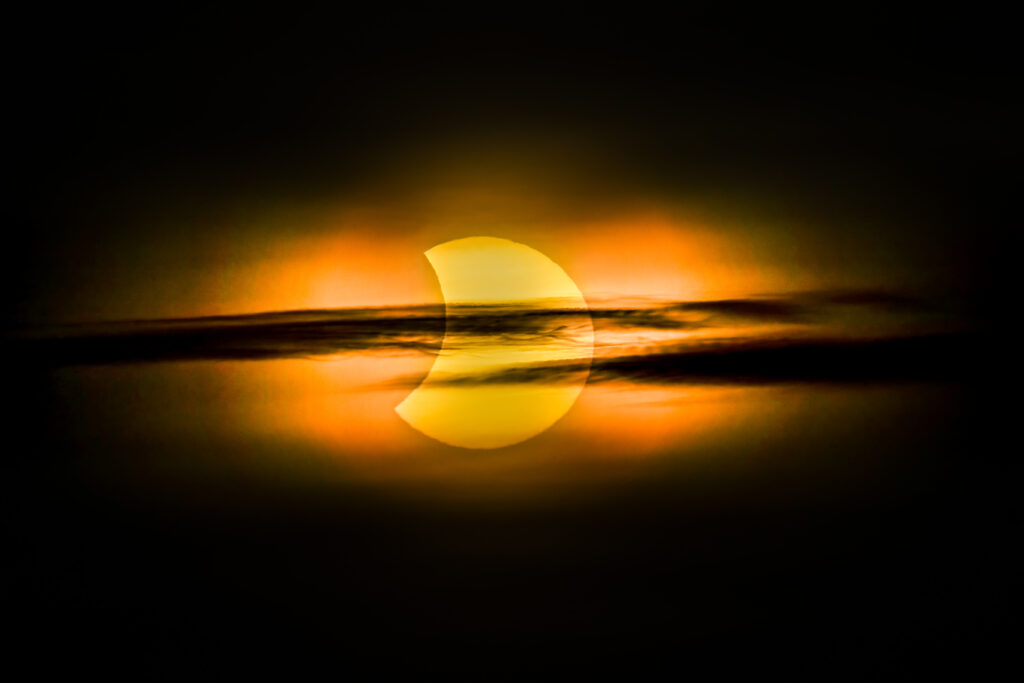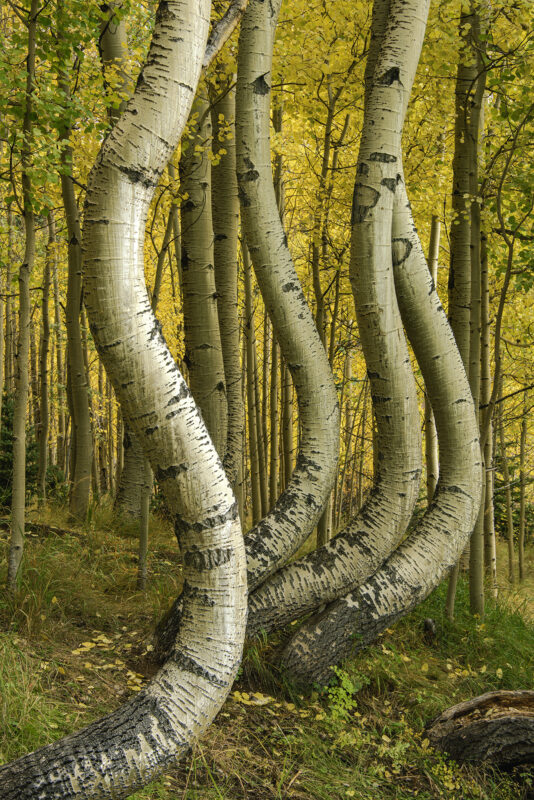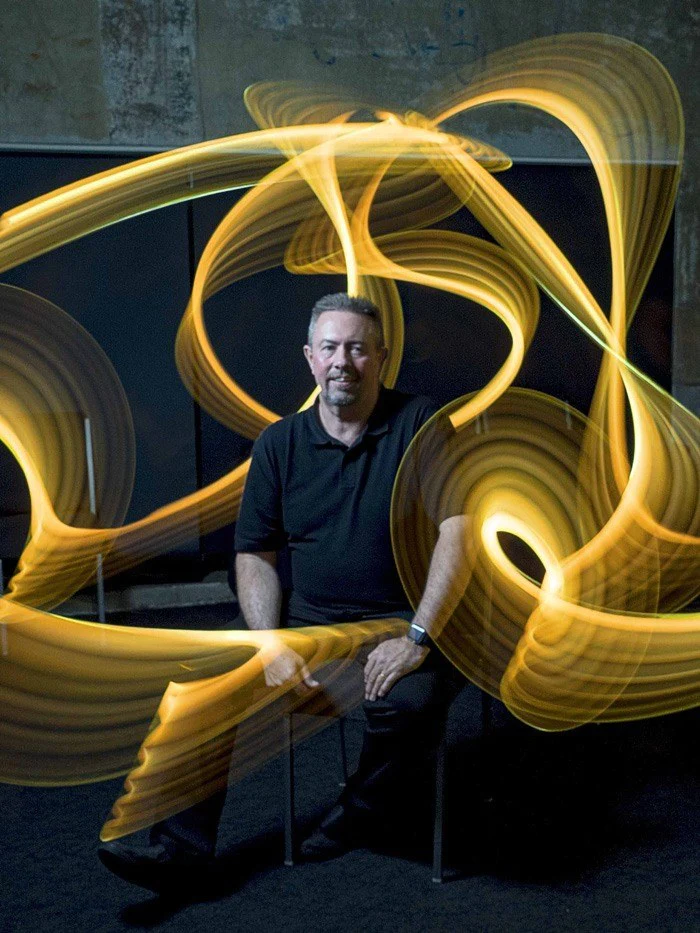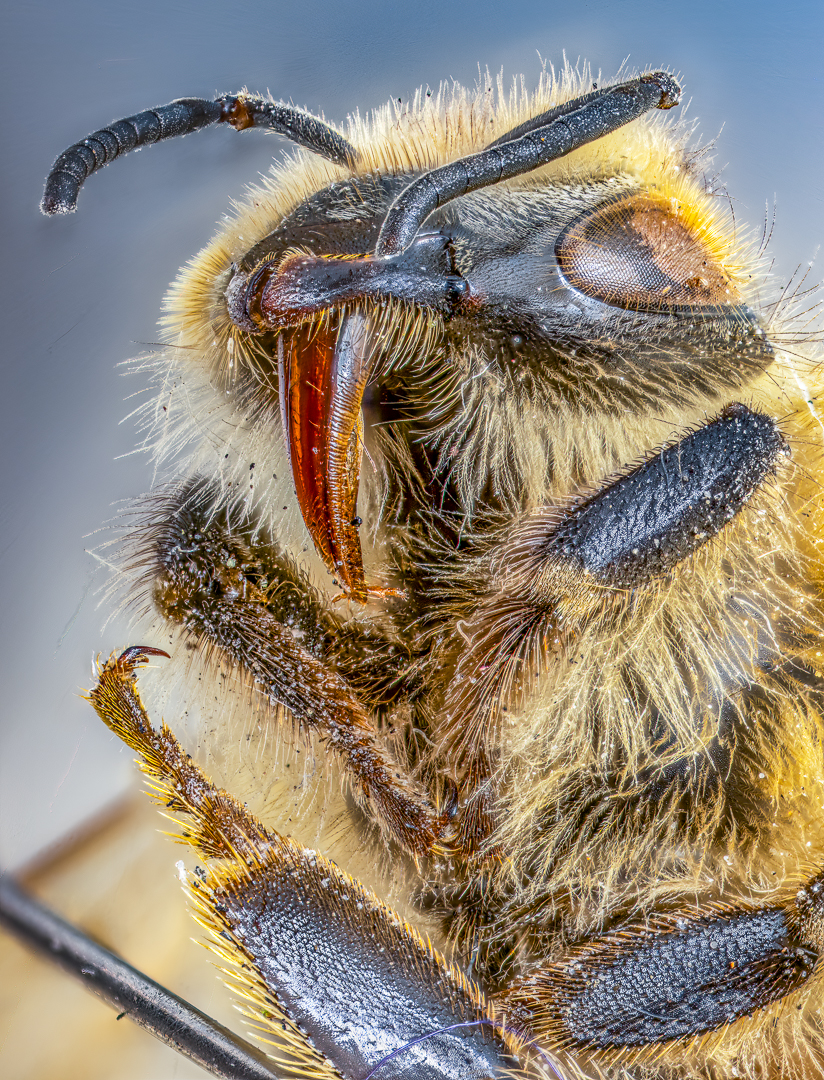Fine art photography can be quite difficult to define because it depends on the artist's creative vision, style, and preferences. Besides composition and capturing the photograph, fine arts photography can involve more post-processing, to bring out the vision or express what the artist had in their mind. Lazar Gintchin is one such fine art photographer who is deeply drawn to the panoramic fine art photography style because he believes that it is a better representation of the natural landscape.
Here we have some stunning panoramic landscape fine art photography from Lazar that he captured in Meteora, a land of beauty and charm, and he shares his experience on how and why he photographed some of these images.
Lazar's Photographic Journey
Lazar Gintchin is a Colorado-based nature and landscape fine art photographer. He specializes in large format gallery-quality prints, mostly through panoramic photography. His unique style is characterized by 1×3 ratio photography compositions, depicting the beauty of nature.
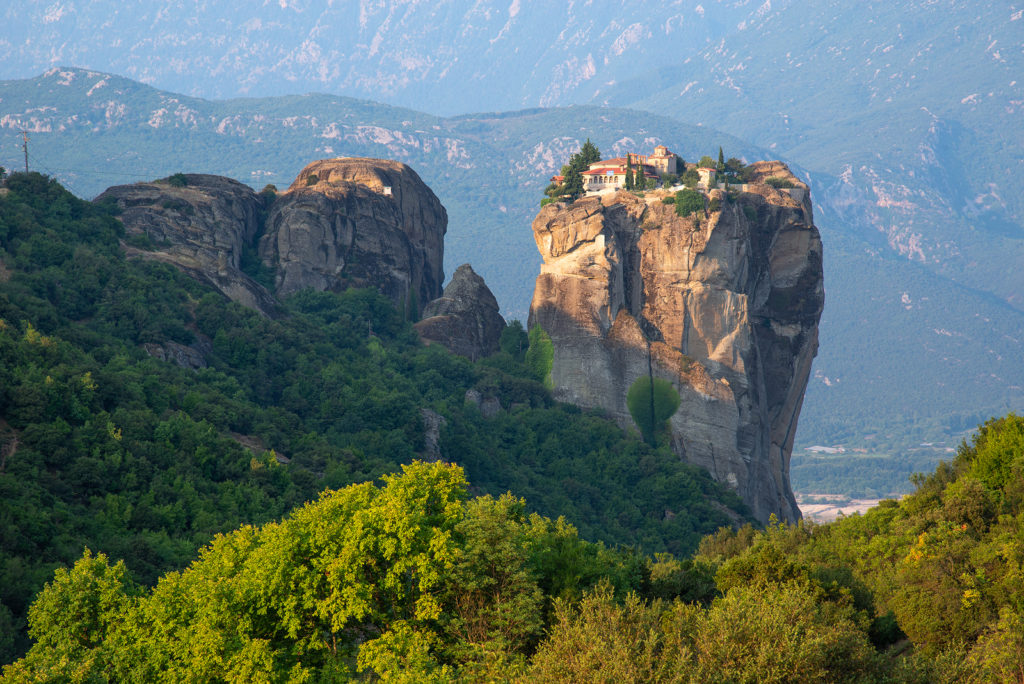
Lazar’s fine art prints have been sold in various art galleries throughout Colorado. While he enjoys being out in nature and capturing its beauty, he also enjoys creating huge fine art prints, for his art collector customers, in the form of powerful wall art. He calls these large-format artworks – Windows to Nature. In his words:
“Capturing a stunning moment of beauty out in the field is only the first step. I tremendously enjoy that process. However, when a customer has hung my artwork on their wall and feels as if he/she is looking out through a window, seeing nature’s beauty, and feeling some of the emotions I felt while capturing the art, then my effort has come full circle”.
Here Is A Little About Lazar
Born and raised in Bulgaria he developed a love and appreciation for nature at an early age. Growing up by the mountains he spent a lot of time outdoors during his childhood. While he experimented with film cameras as a youngster, it was in his adulthood when he became a serious photographer using digital cameras.
Around 2007 he became fascinated with panoramic photography and has been perfecting his craft ever since. Lazar sees the natural world in panoramic format. He believes that our brains appreciate the beauty in a wide view because it often conveys the grandeur or an impressive landscape.
In order to produce his large-format panoramic fine art, Lazar shoots multiple overlapping photographs when capturing a scene. He then stitches them together with software and works hard to process the raw image into beautiful photography. This process is much more involved compared to single-shot photography. It requires more effort and is more labor-intensive, both in the field and in post-processing. Many factors come into play when creating panoramic fine art with a camera. The individual shots have to be consistent in order to produce a single, cohesive panorama, and that can be difficult with fast-changing light, changing weather, and moving objects. It becomes especially challenging when techniques such as focus stacking, double exposure, or long exposure are used. The reason for this is that the necessary steps multiply by the number of overlapping shots taken.

Experience While Working On This Project
Meteora is a hidden pearl in central Greece. It is a fascinating area with beautiful tall cliffs, but also the host of the largest and most dangerously built complexes of Eastern Orthodox monasteries. While at some point there were 24 of them, today only 6 monasteries remain. Some of them date as far back as the 13th century.
Although Lazar grew up only about 445km/275 miles from Meteora it wasn’t until 2019 when he first visited this UNESCO World Heritage marvel. For him, the experience was rather powerful. As he describes:
“I had seen images of Meteora and was captivated by them. I wanted to see it for myself and photograph the area. However, seeing pictures and seeing Meteora with your own eyes are two different experiences. The immensity of the landscape and the sheer size of monolithic vertical cliff walls are fascinating. Then you look at these monasteries, built right to the edge of the cliffs and you wonder – how did they get the courage to construct structures like these in a place like this? For me, it was as if I was transported back a few centuries in time.”.
While visiting Meteora Lazar worked very hard to photograph as many images as possible. Given that he only had 2 days he spent countless hours scouting and hiking the area to find unique angles and compositions. This required exploring areas without trails in nearly 40C/104F degree temperatures. Nevertheless, he was rewarded with beautiful light and landscapes, as seen in his artwork. His desire was to represent the natural beauty of Meteora and the way these amazing monasteries seamlessly blend with the captivating terrain. His hard work paid off.
Lazar shares below how and why some of the images were taken:

How
This image was quite challenging to take for a couple of reasons.
First, I wanted a more unique view of the Rousanou Monastery. In order to achieve that I had to get on top of a 25-foot narrow cliff with vertical walls and very little space to set up a tripod. The only way to get to the top was through a very narrow ridge, where I had to crawl and dodge tree branches.
Second, the light was challenging. I wanted to capture the setting sun. In this case that meant shooting directly into the sunset, without losing detail in the shaded areas. In addition, I was set on capturing a panoramic view, which necessitated 5 separate shots.
Why
There is a common underlying reason why I photographed all of the artwork in this collection. It is namely this: to capture the beauty and charm of an ancient jewel – Meteora. It combines natural beauty with human perseverance and ingenuity like few places on earth. These monasteries date as far back as the 13th century. The steep, treacherous, and inaccessible rocks upon which they are built are intimidating. Their architecture of monk dwellings blends beautifully with the natural terrain of ancient, vertical wall cliffs, creating a realm of charm and mystery.
The reason why I shot this specific image was to capture the smallest of all, but most charismatic monastery – Rousanou, with the backdrop of a setting sun. In addition, I shot this image to capture 2 other monasteries in the area. Look straight ahead above Rousanou’s roof and you will see Nicholas Anapausas. Look in the upper right corner of the image and you will notice the Great Meteoron.

How
This again is the Rousanou Monastery (as the image above) but shot from a completely different angle and during a different time of the day. I captured this shot by zooming in quite a bit, from probably half a mile away. It was another 5 shot panoramic stitch, which was captured during a late afternoon. This time the location from where I shot was quite comfortable and spacious, in comparison to the image above. To get a better idea – look at the very left of this image, where the green vegetation ends. On top of it, you can see the surface of a small rock. I was perched on a rock just like it, but a little further behind it, while capturing the image above – Ancient Beauty.
Why
This time I wanted to capture the Rousanou Monastery from a different angle to showcase two things. First, I wanted to display its dangerous position by showing how the building walls come straight to the edge of the vertical cliff face. Second, the monastery is off-center on purpose as my goal was not to make it the center of attention. I wanted to show how tiny it is compared to the gigantic monoliths surrounding the area.

How
I shot Varlaam from a very unique vantage point, which I have not seen photographed yet. In order to accomplish that I scouted the area the day before by climbing on a tall hill, which gave me a top-down view of the monastery. The composition was a clear winner and I decided to return the next morning, before sunrise. The next day I photographed a 5 shot panorama, just as the very first light of the rising sun lit the monastery. The effect of the gentle illumination is caused by the high humidity in the air, which diffused the sunlight and made it subtle. Most of the cliffs are in shadows, which created a nice contrast.
Why
I shot Midair Serenity because I wanted to capture Varlaam in a very unique frame. This time I wanted the monastery to be positioned in the center of the frame and capture the viewer’s attention immediately. I also wanted to showcase how this monastery is surrounded by vertical walls 360 degrees. Although you cannot see their height completely, you can get the idea of height by noticing how much higher this monastery is compared to the tiny Rousanou in the distance, in the left half of the image.

How
This image was captured from another cliff top. It was photographed through a wider angle and a 5 shot panoramic stitch. The sun is just above the frame as it was taken during the late afternoon. However, similar to the first image, this is another one where I shot almost directly into the sunlight. Because of the high dynamic range of my camera, I did not have to bracket the exposure.
Why
I shot this image because I wanted to show a larger and more vast part of Meteora. While the previous three images have a degree of zoom and a more intimate scene feel, I wanted to open up the view in this one. I wanted the viewer to get a better idea of the size of Meteora. Notice the 2 monasteries in the right-center part. They are not easily seen because they do not dominate the landscape. What dominates the landscape are the impressive cliffs. They were there much before the monasteries. In this image, I am celebrating the cliffs of Meteora but including the presence of monasteries.
Here are some more images from Lazar that showcase unique panoramic views of Meteora’s natural beauty and its remarkable monasteries.
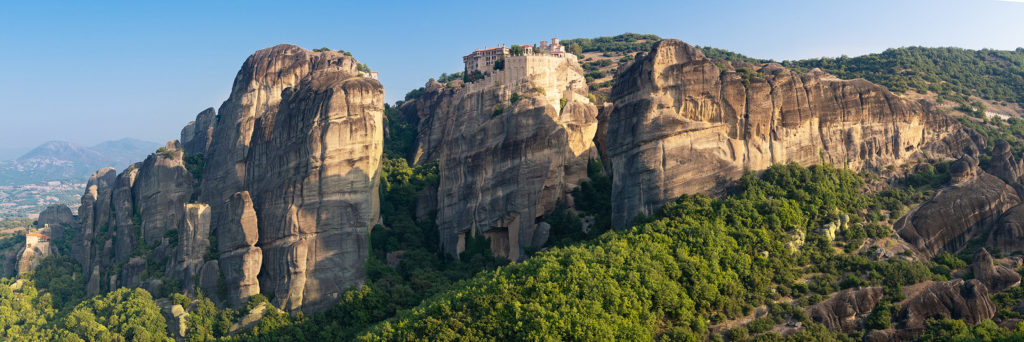

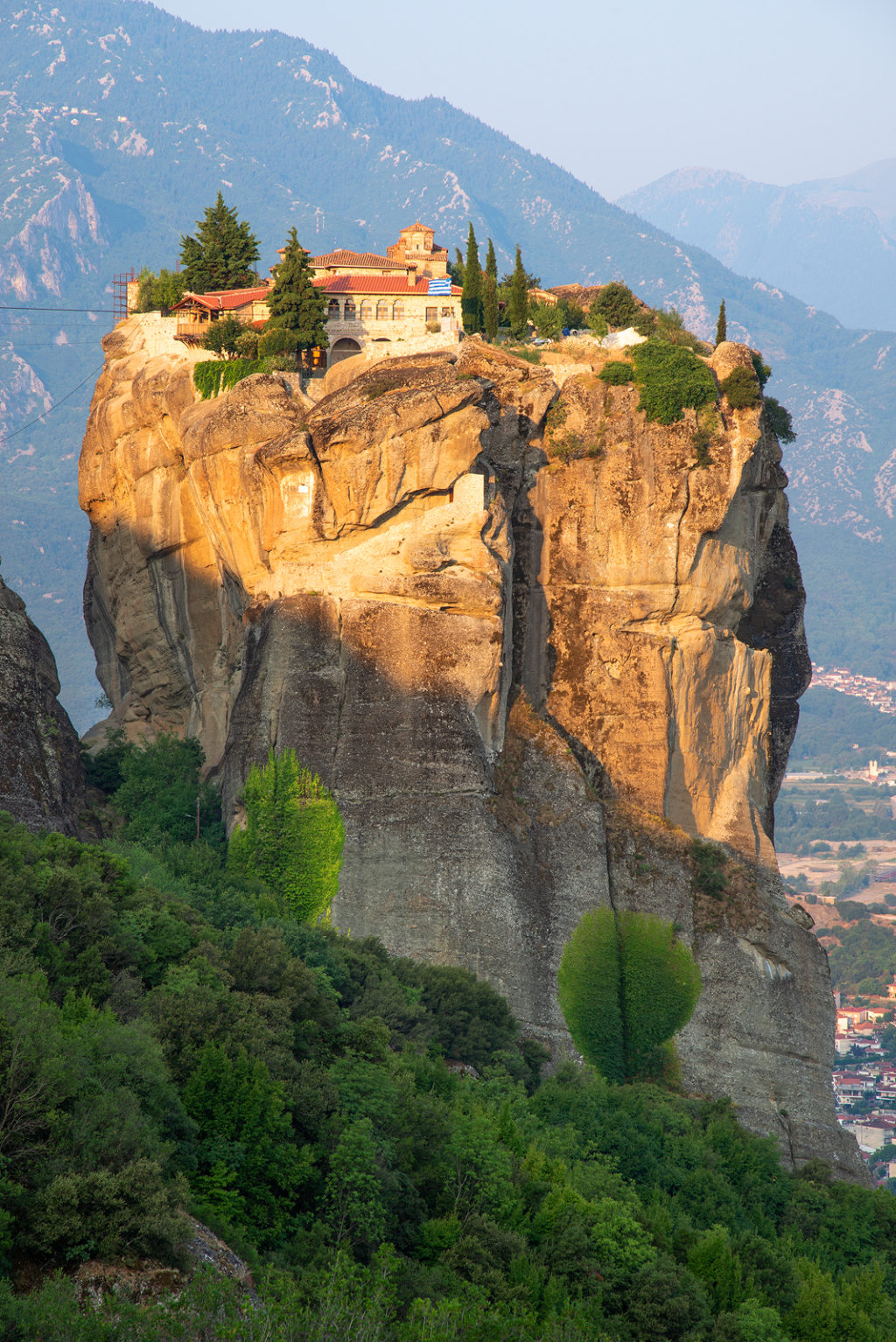

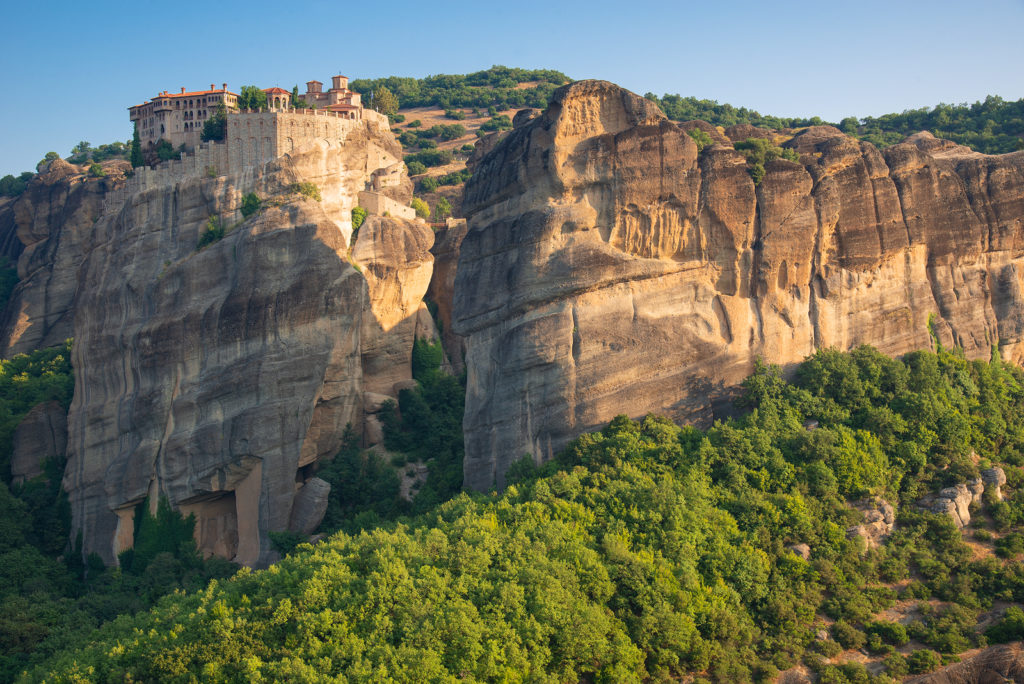


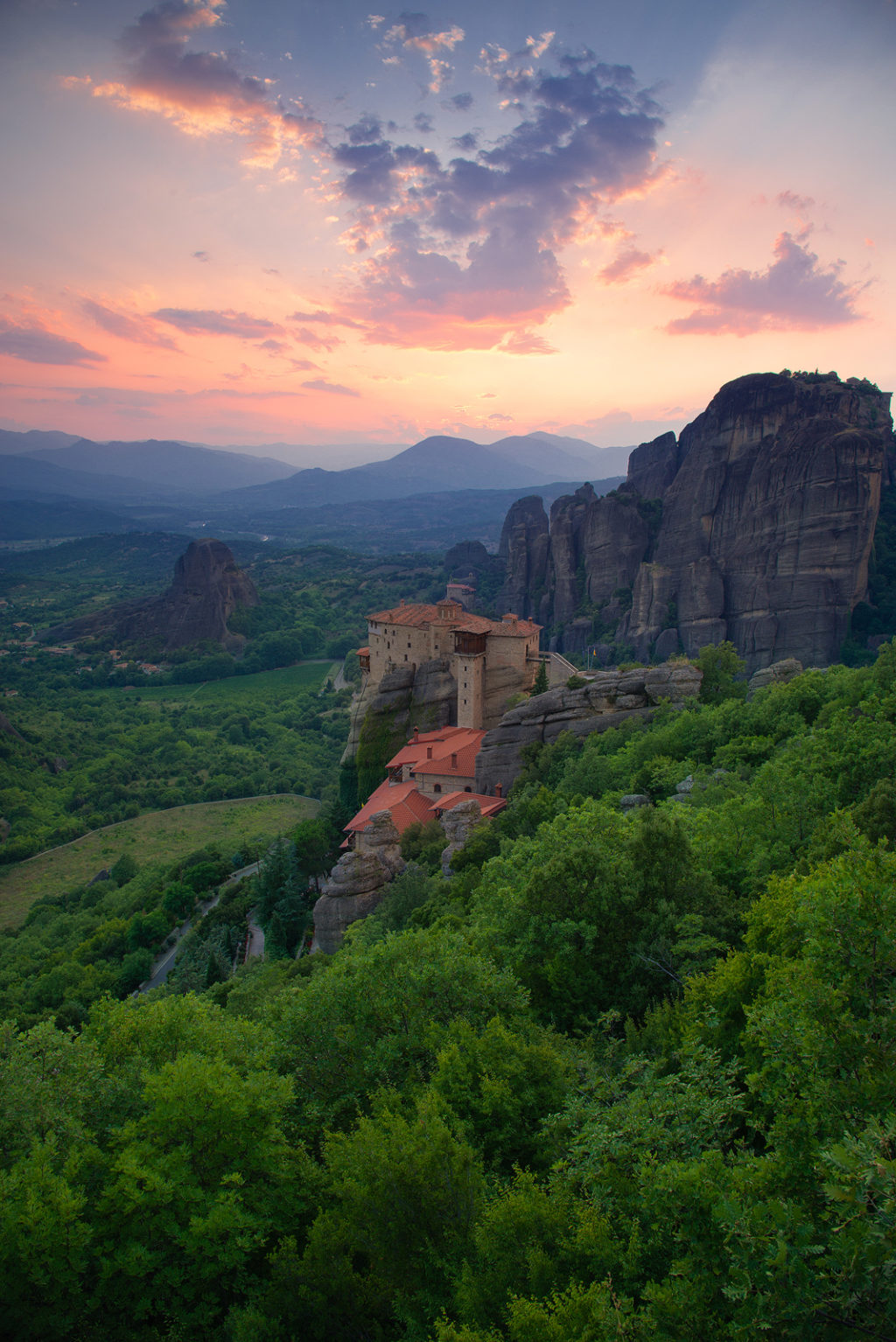
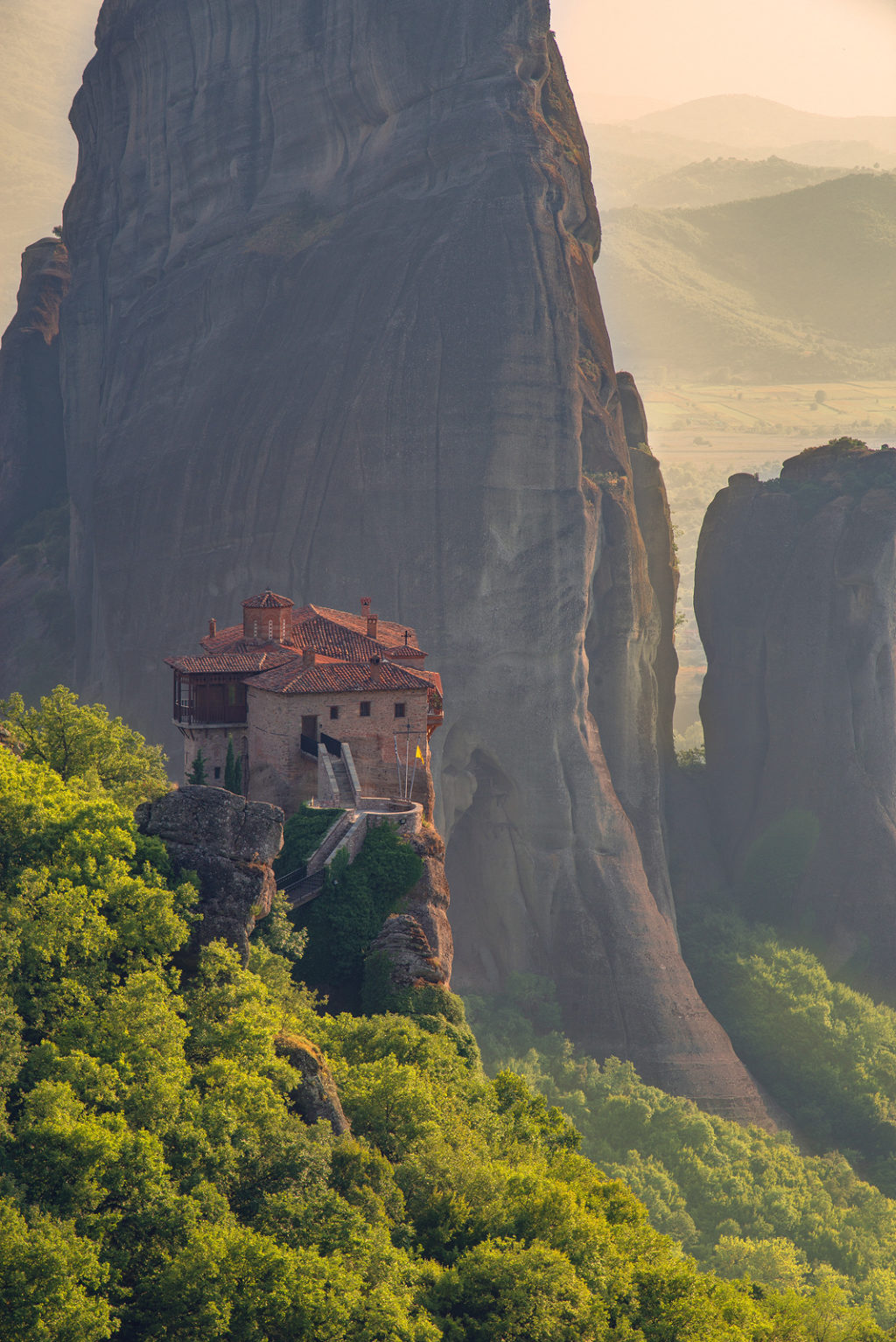
If you like Lazar's work, you can see more of them on his website or follow him on social media.
Conclusion
Although his favorite subject is mountains, Lazar’s fine art photography portfolio includes landscapes of all kinds. He believes that we have been given amazing gifts all over our planet, in the form of beautiful landscapes. They constantly change from year to year, from season to season, and even just during a single day. Being in the right place, at the right time, camera in hand is something that inspires him. Being alone in nature is an opportunity for him to appreciate its beauty and share it with others.
Further Resources:
- Ever Seen Panoramas From The Turn Of The 20th Century? These Are Very Cool
- Begin Your Journey to Mastering Fine Art Grunge Photography
- How To Create A Panorama In Lightroom Using HDR Techniques
- A Perfect Introduction To Fine Art Photography And Its Finesse
- How to Make a Panorama – A Simple Tutorial
- How to Shoot Panoramas and Stitch Them in Photoshop

